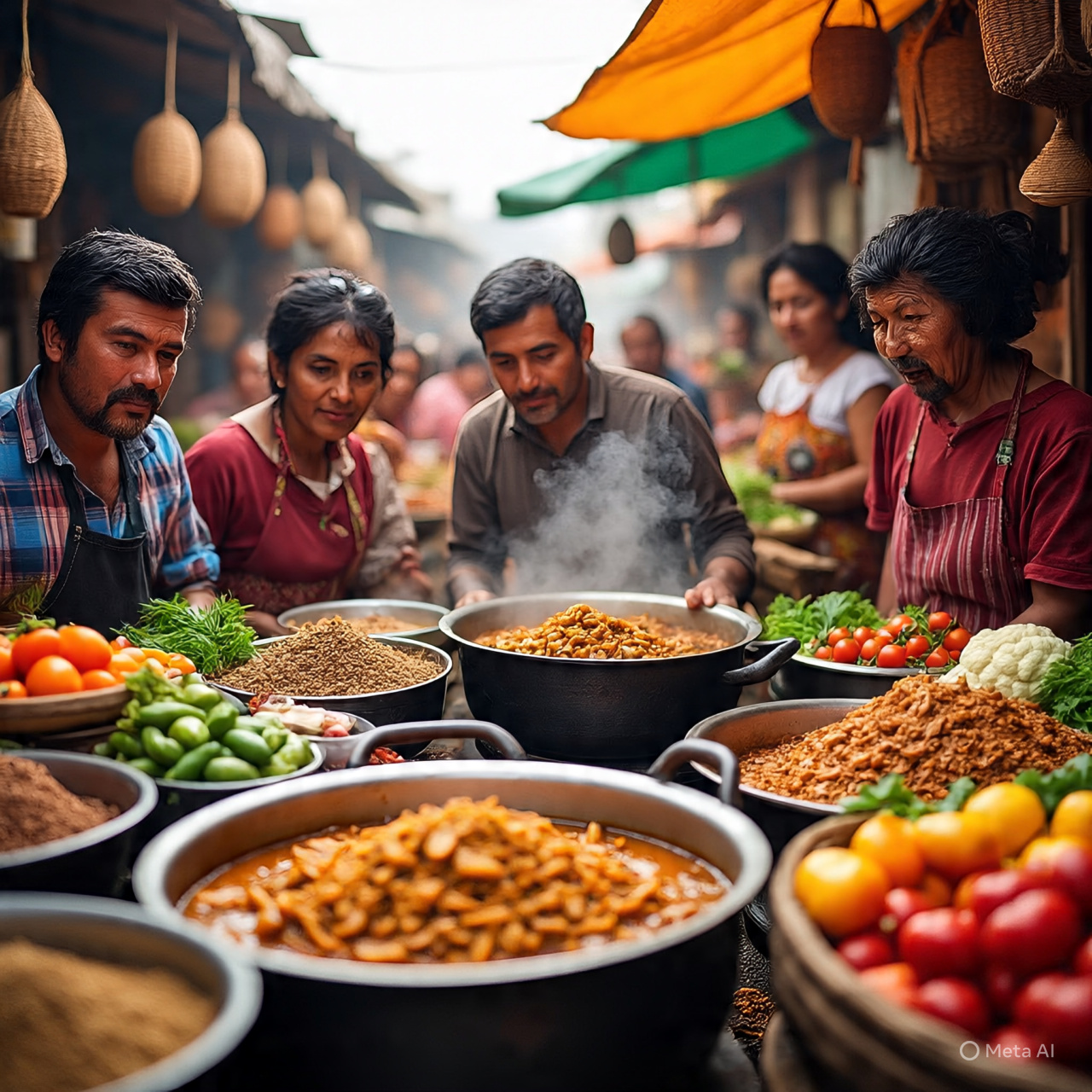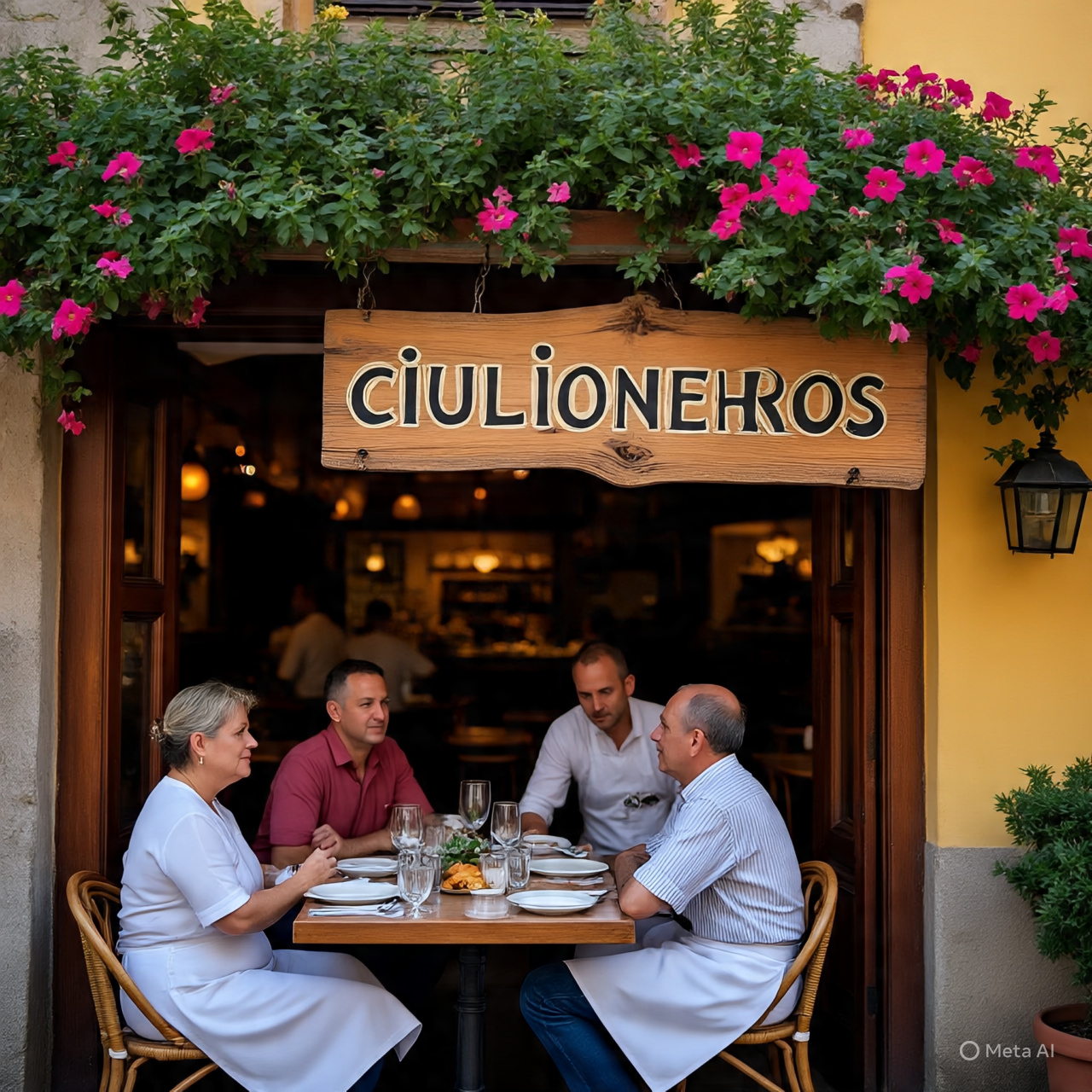Food is more than sustenance—it is identity, heritage, and an art form that transcends borders. Few dishes encapsulate this notion more profoundly than cevurı, a dish that blends ancestral cooking methods with the heart of community and storytelling. Emerging from a rich tapestry of cultural exchanges, it has become more than just a recipe. It’s a ritual, a celebration, and a symbol of unity that nourishes both the body and the soul.
The Origins of a Timeless Dish
While the exact geographical and linguistic roots of the word cevurı remain elusive, its essence is deeply embedded in regional folk kitchens, often found simmering in clay pots or roasting over open flames. Historians suggest that the dish may trace its roots to ancient nomadic tribes that roamed the borderlands of Central Asia, Anatolia, or the Balkans—carrying with them traditions of open-fire cooking and spice blending.
Unlike standardized modern meals, this dish evolved organically, shaped by the local resources of its region. Farmers used seasonal vegetables, shepherds contributed fresh dairy and meat, and spice traders brought flavors from distant lands. What emerged was a dynamic and earthy dish, often slow-cooked and communal in nature.
Ingredients That Tell a Story
What makes cevurı truly unique is its flexible core structure. At its heart lies a blend of meat (lamb, beef, or even goat), root vegetables, legumes, and an orchestra of herbs and spices. However, its real beauty is in how it adapts—no two households prepare it exactly the same way.
Common Ingredients:
- Meat: Slow-braised lamb or beef
- Vegetables: Eggplant, tomatoes, onions, peppers, carrots, and potatoes
- Spices: Sumac, paprika, turmeric, cumin, garlic, and bay leaves
- Herbs: Parsley, dill, coriander, and mint
- Legumes: Chickpeas or lentils
- Liquid base: Bone broth or spiced tomato sauce
Some versions also incorporate dried fruits like apricots or raisins to add subtle sweetness, a nod to the Ottoman influence where sweet and savory often blend seamlessly.
Cooking as a Communal Act
Traditionally, preparing cevurı is a day-long affair. Early in the morning, families gather in open courtyards or communal kitchens. The meat is marinated for hours, the vegetables are chopped together by multiple hands, and spices are measured not by scale but by instinct.
Clay pots or cast-iron cauldrons—passed down through generations—are filled layer by layer. These vessels are then set over coals or buried in the ground to slow-cook for hours. The result is a dish with deeply fused flavors, tender textures, and a scent that permeates entire neighborhoods.
This act of preparing and sharing isn’t just about nourishment—it reinforces kinship. Elders teach the young, neighbors share ingredients, and everyone contributes, whether through labor or laughter.
Rituals and Symbolism
In many cultures where cevurı is popular, its preparation is part of rituals tied to life events—weddings, harvest festivals, or religious holidays. The dish symbolizes abundance, harmony, and the passage of tradition from one generation to another.
In rural areas, its presence on the table signals honor and respect to guests. In urban households, it is often reserved for weekends when families can gather, unplug from modern distractions, and engage with each other around a shared pot.
The Modern Revival
With globalization and the rise of culinary tourism, traditional dishes like cevurı are making a comeback. Restaurants now feature it as a signature dish, often modernized with subtle twists—perhaps veganized, deconstructed, or plated with gourmet flair.
Yet even in these new forms, the soul of the dish remains unchanged. It’s still about warmth, depth, and the bond it creates around the table.
Food bloggers and social media influencers have played a significant role in this revival. Short videos showing slow-motion scoops of bubbling cevurı, recipes narrated by grandmothers, or side-by-side comparisons of regional variations have made the dish a digital phenomenon in niche culinary communities.
Nutritional Profile: A Healthy Legacy
Beyond its emotional and historical value, cevurı offers substantial health benefits.
- Rich in Protein: Thanks to meat and legumes.
- Full of Fiber: Due to the presence of hearty vegetables and pulses.
- Anti-inflammatory Properties: From spices like turmeric, garlic, and cumin.
- Low in Processed Ingredients: Especially in traditional homemade versions.
It’s the kind of dish that nourishes holistically—balancing flavor, texture, and nutrition.
Regional Variations
As with many ancestral dishes, cevurı has developed regional identities. While the core elements remain consistent, each region adds its own twist.
Mountainous Regions:
- Prefer smoked meats and root vegetables.
- Often include wild herbs foraged locally.
Coastal Areas:
- May substitute fish or shellfish.
- Add citrus elements like lemon zest or preserved lemons.
Urban Areas:
- More spice-heavy, sometimes using chili or even fusion ingredients like soy sauce.
- Cooked in ovens rather than clay pots for convenience.
The Language of Spices
The seasoning is arguably what sets cevurı apart from generic stews. Spices are not simply added for taste—they tell a story.
- Cumin evokes warmth and ancient trade routes.
- Turmeric adds earthiness and is known for its medicinal properties.
- Paprika lends smokiness and color.
- Sumac brings a zesty acidity that lifts the richness of the dish.
Each spoonful is a harmony of these layers, creating a flavor profile that’s complex yet comforting.
Serving and Pairing
Cevurı is typically served with:
- Flatbreads: To scoop up the tender chunks and sauce.
- Pickled Vegetables: To provide contrast and balance.
- Yogurt Sauce or Ayran: For cooling and digestion.
- Rice or Bulgur: As a hearty base for soaking up juices.
Beverage pairings often include herbal teas, red wine, or even fermented drinks native to the region.
Preserving Tradition in a Fast World
In today’s fast-paced society, traditional dishes are often sidelined in favor of convenience. Yet cevurı endures. Its preparation might be laborious, but it offers something increasingly rare—presence.
To cook it is to slow down. To eat it is to connect—with others, with the past, and with oneself. Even for those unfamiliar with its origins, the dish evokes an instant sense of warmth and belonging.
By teaching new generations to make it, documenting recipes, and celebrating its story, we ensure that this cultural treasure doesn’t get lost in the shuffle of digital dining trends.
FAQs About Cevurı
Q1: What is cevurı?
A1: Cevurı is a traditional dish made with slow-cooked meat, vegetables, legumes, and aromatic spices. It originates from a blend of regional cooking practices and is celebrated for its deep flavors and communal cooking style.
Q2: Is cevurı spicy?
A2: It can be mildly spicy, depending on the region or family recipe. While not inherently hot like chili-based dishes, it uses warm spices such as cumin, paprika, and sumac.
Q3: Can cevurı be made vegetarian?
A3: Absolutely. Many modern versions replace meat with mushrooms, eggplant, or jackfruit, and use legumes like chickpeas or lentils to maintain protein levels.
Q4: How long does it take to cook cevurı?
A4: Traditional methods can take several hours (4–6) due to the slow-cooking process, especially in clay pots. However, pressure cookers and modern appliances can reduce cooking time.
Q5: What’s the difference between cevurı and stew?
A5: While cevurı may look similar to a stew, it’s more than that. It emphasizes layered spice profiles, specific regional ingredients, and cultural rituals that make it a holistic experience rather than just a meal.
Q6: Can I freeze cevurı?
A6: Yes. It freezes well and often tastes even better after reheating, as the spices continue to develop. Store in airtight containers and consume within 2–3 months.
Q7: What kind of cookware is best for making it?
A7: Traditionalists use clay pots or cast-iron cauldrons. However, slow cookers, Dutch ovens, or even thick-bottomed pans work well in modern kitchens.
Q8: Is cevurı suitable for kids?
A8: Definitely! It’s nutritious, flavorful, and can be made mild to suit a child’s palate. Plus, it’s a great way to introduce children to vegetables and spices.
Q9: Are there specific holidays associated with cevurı?
A9: Yes, in many regions it’s tied to religious festivals, harvest celebrations, or important life events like weddings and births.
Q10: How can I learn to make authentic cevurı?
A10: Look for community cooking workshops, traditional cookbooks, or even YouTube channels led by elders or home chefs preserving heritage cuisine.
Final Thoughts
Cevurı is not merely a dish—it is a memory, a celebration, and a bridge between generations. At a time when food is often rushed or commodified, cevurı offers an invitation to slow down, savor, and connect. Whether you taste it in a quiet village kitchen or a bustling metropolitan restaurant, one thing is certain: the spirit of the dish will stay with you long after the last bite.



